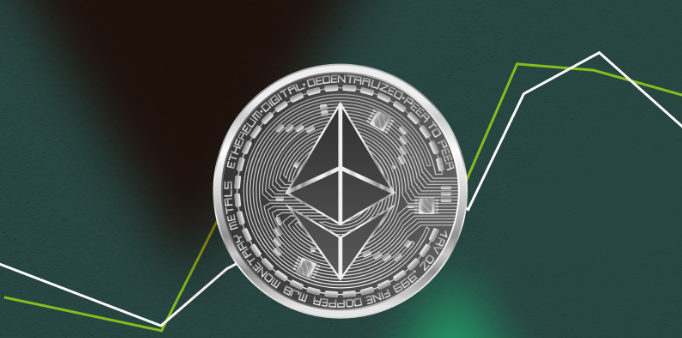Ethereum’s Leadership Crisis: Concerns from a Former Engineer
A former Ethereum Foundation engineer, Harikrishnan Mulackal, has voiced significant concerns over the future of the Ethereum platform, cautioning that a lack of clear leadership is potentially impeding vital development. His remarks highlight broader issues within the Ethereum ecosystem, pointing to the challenges posed by its decentralized structure and the impact such challenges could have on maintaining its competitive edge.
The Current State of EVM Development
Mulackal, who has a background as a Solidity expert and compiler engineer, notes that the Ethereum platform’s upgrade process has become increasingly sluggish. He emphasized a worrying trend: only one major upgrade to the Ethereum Virtual Machine (EVM) has been proposed in the past five years. This slow pace of development raises questions about Ethereum’s ability to keep up with evolving technologies in the blockchain space.
Decentralization: A Double-Edged Sword
While decentralization is often heralded as one of Ethereum’s primary strengths, Mulackal argues that it has led to significant delays in decision-making processes. The challenge lies in the fact that while different stakeholders have valuable insights, the lack of a coherent strategy can stall essential upgrades. For instance, he highlighted the fact that a proposed upgrade, intended to introduce transient storage functionality, was almost abandoned at the last moment. This indecisiveness could put Ethereum at risk of falling behind its competitors, like Solana or Cardano, which have been showing rapid progress in their development timelines.
In a tweet, Mulackal articulated his frustrations: "This is why I left the Ethereum Foundation. There is a lack of a clear and cohesive vision for Ethereum and EVM, making progress in EVM impossible." His comments reflect a sentiment shared by many within the community, emphasizing the urgency for clearer leadership and direction.
The Call for Change: Increasing the Frequency of Upgrades
To address these stagnations, Mulackal advocates for a shift in strategy. He proposes that the network should prioritize execution over research by implementing a schedule that facilitates one hard fork per quarter. By boosting the frequency of upgrades, he believes that Ethereum could reassert its dominance and position within the blockchain ecosystem, better responding to challenges posed by rivals.
This perspective poses a fundamental question to the Ethereum community: How can a balance be struck between rigorous research and the need for timely execution? As the blockchain landscape continues to evolve rapidly, the urgency to innovate becomes ever more pressing.
Internal Conflicts and Leadership Challenges
Mulackal’s insights resonate with broader concerns within the industry regarding Ethereum’s leadership. Evgeny Gaevoy, CEO of Wintermute, articulated similar warnings, suggesting that leadership dynamics — rather than technological shortcomings — may ultimately determine Ethereum’s fate. He pointed to contradictions among leaders, with some advocating market-driven strategies while others push for social equity initiatives. Such internal disagreements not only create confusion but can also stall critical developments in the platform.
Vitalik Buterin, Ethereum’s co-founder, has acknowledged the challenges of managing a decentralized organization. Reports indicate that he is actively working on restructuring aspects of the Ethereum Foundation’s leadership. However, it remains unclear whether these changes will bolster or weaken the core principles upon which Ethereum was founded.
The Ongoing Debate on Development Pace
One of Mulackal’s central assertions is that Ethereum’s development pace has significantly slowed, which poses a risk to its role as a leading player in the blockchain space. While the network has historically taken a careful, research-focused approach to upgrades, he contends that this caution may currently be detrimental.
Ethereum’s evolution has always emphasized the importance of thorough research and risk assessment. However, as competing chains strive to attract developers and users with rapid advancements, Mulackal argues that the Ethereum community should shift its focus toward implementing practical improvements. The ongoing debate about the balance between cautious development and the need for quick adaptation underscores the complexities that face Ethereum today.
As Ethereum navigates these critical challenges, the urgency for decisive leadership and increased momentum in development may very well determine its position in the rapidly evolving world of blockchain technology.

